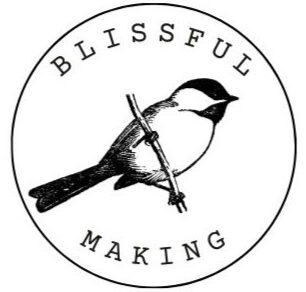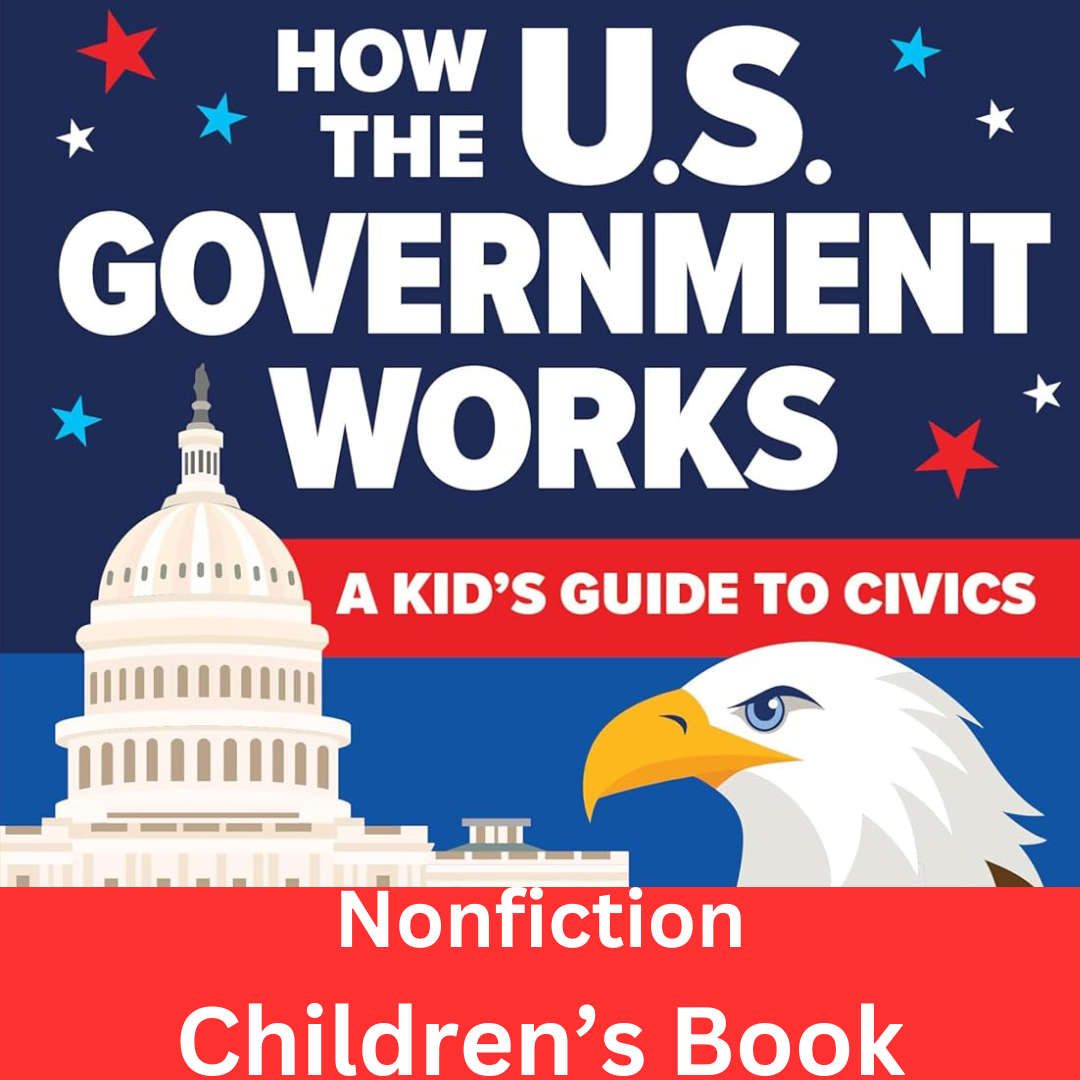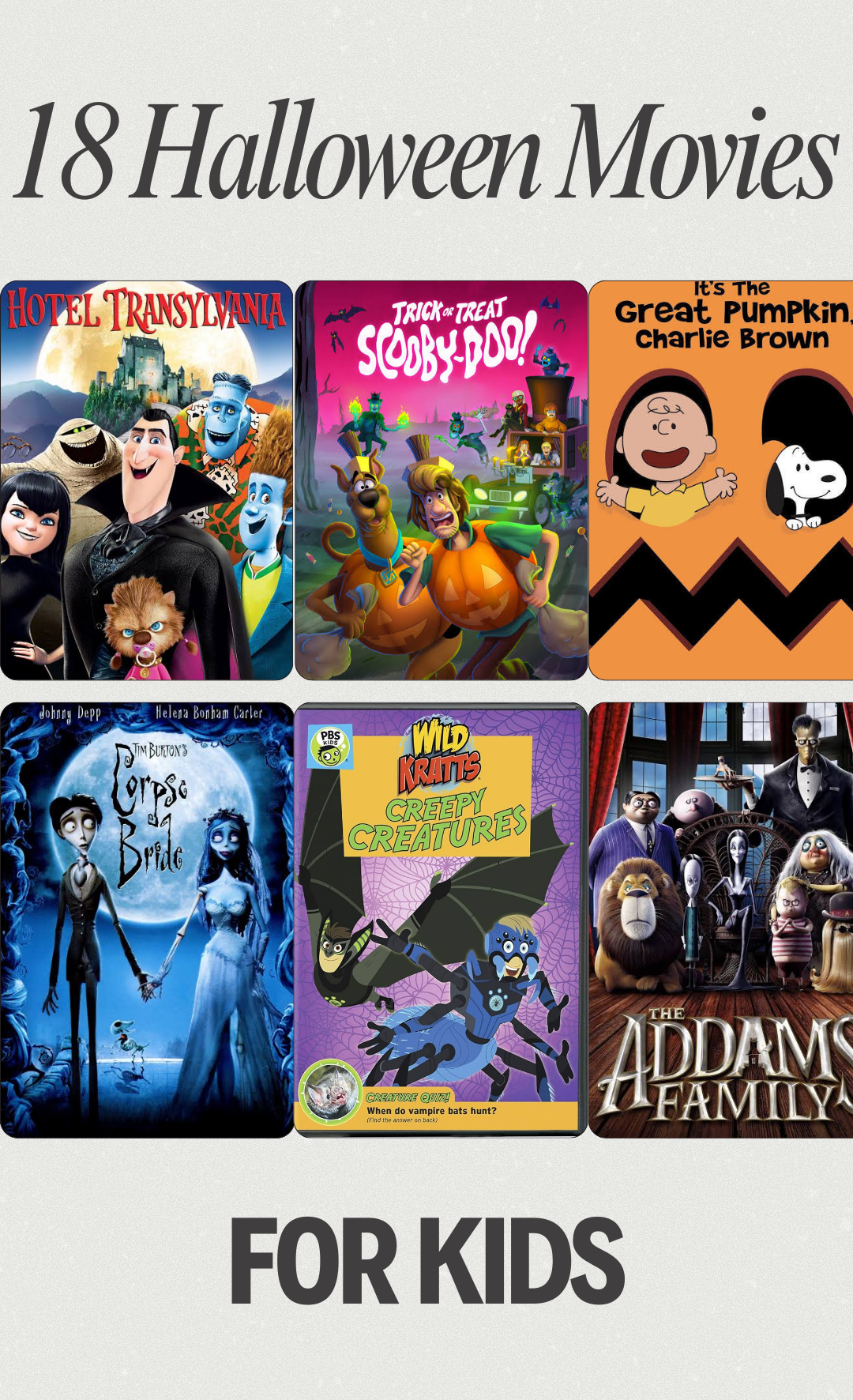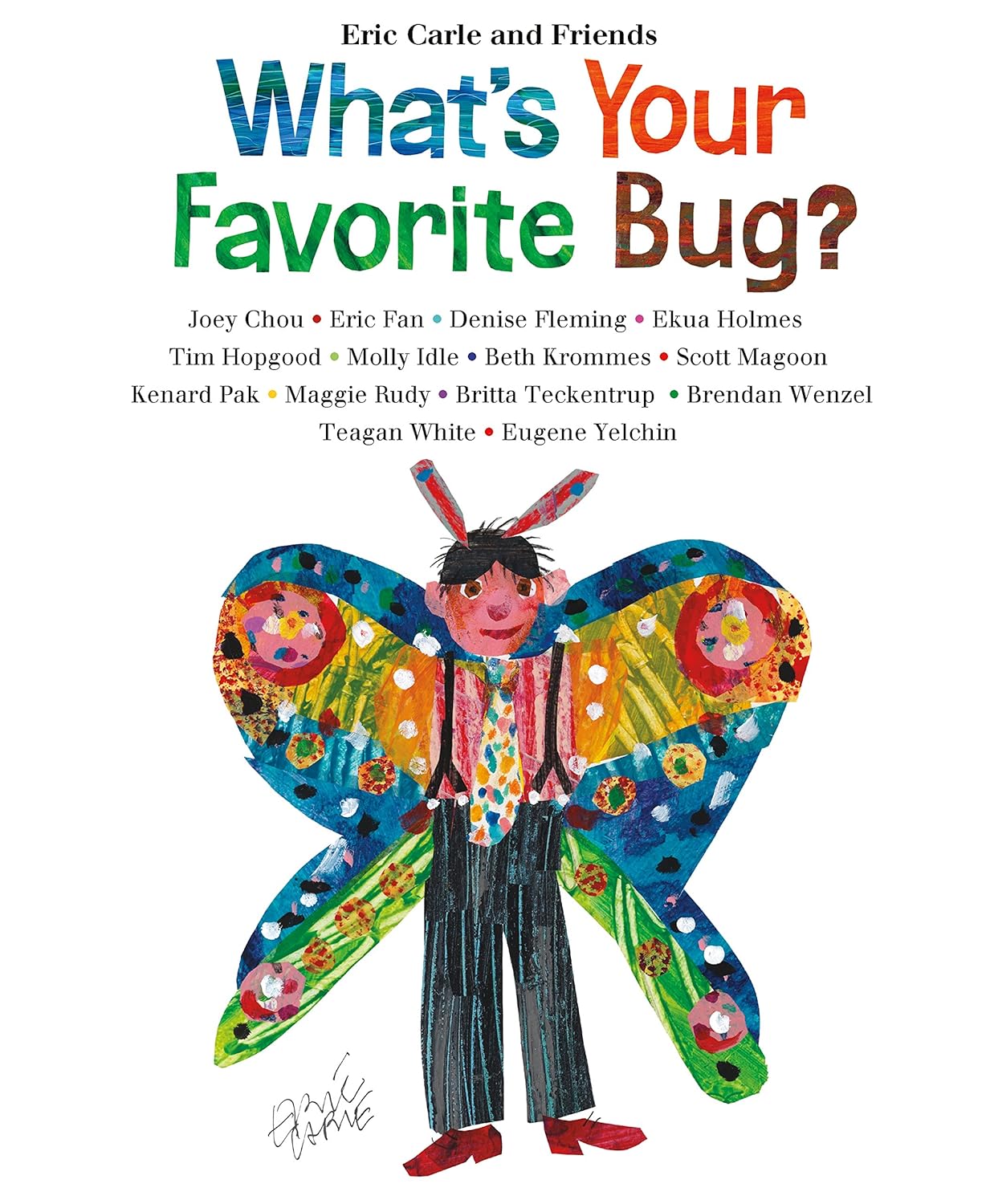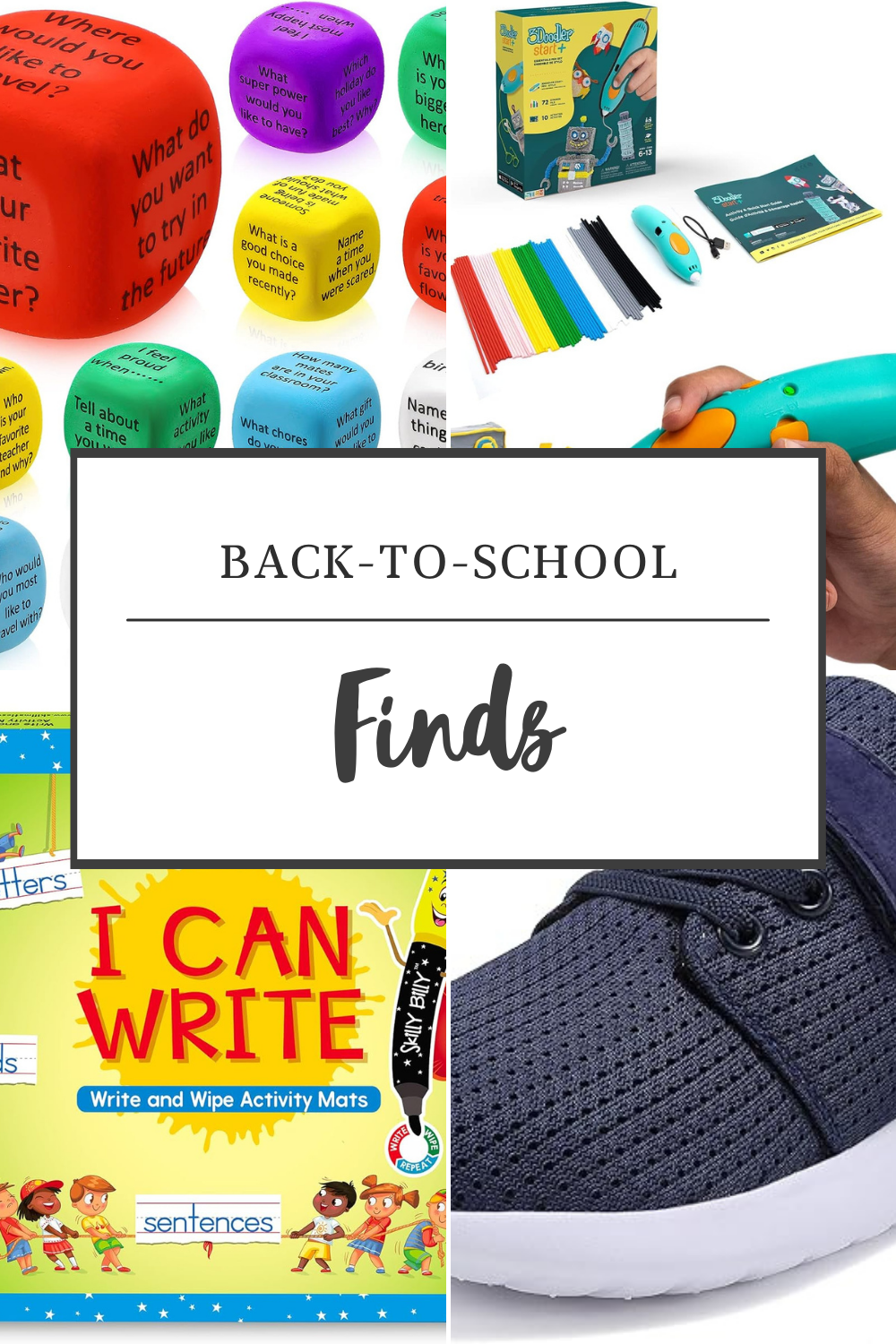STEM Activities: Things to do with Magnetic Blocks
Magnetic blocks are one of the best open-ended toys for kids. They’re fun, easy to use, and allow for hours of creativity, problem-solving, and hands-on learning. Whether your child is building towering castles, experimenting with shapes, or creating their own little city, magnetic blocks are a perfect mix of play and learning.
If you have a set of Magna-Tiles, Picasso Tiles, or any other magnetic building blocks, and are looking for new ways to keep kids engaged, you’re in the right place! Here are some of the best things to do with magnetic blocks that go beyond simple stacking.
Why Magnetic Blocks Are So Great for Kids
Before we jump into activities, let’s talk about why magnetic blocks are one of the best toys for child development.
- They encourage STEM learning, introducing concepts like balance, geometry, and magnetism in a hands-on way.
- They promote fine motor skills as kids connect and disconnect the pieces.
- They teach problem-solving, especially when kids build structures that need stability.
- They’re open-ended, meaning there’s no “right” way to play—just pure creativity!
- They’re fun for all ages, from toddlers working on shape recognition to older kids creating intricate designs.
Fun Things to Do with Magnetic Blocks
1. Build a Magnetic Ball Run
Turn your magnetic blocks into a gravity-defying ball run! Use a wall or a baking sheet as a base, then tilt the tiles to create a slide for small balls or marbles. Let kids experiment with different angles and layouts to see how fast or slow the ball rolls.
2. Create 3D Shapes and Structures
Magnetic blocks are perfect for introducing kids to geometry in a fun way. Challenge them to build cubes, pyramids, and even more complex 3D shapes. You can even make a contest out of it—who can build the tallest tower before it topples over?
3. Make a Magnetic City
Use your blocks to build a mini city! Create roads, buildings, and even bridges. Add small toy cars, LEGO people, or figurines to bring it to life. Kids love incorporating their other toys into magnetic block play.
4. Design a Magnetic Maze
Use a baking sheet as the base, then arrange the blocks to create a maze. Give your child a small magnetic object (like a paperclip or a lightweight ball with a magnet attached) and let them use a second magnet underneath the baking sheet to “guide” the object through the maze.
5. Learn About Symmetry
Lay out magnetic blocks in different symmetrical patterns and challenge kids to copy them on the other side. This is a great way to introduce mirror symmetry in a visual and hands-on way.
6. Build a Magnetic Puzzle
Place blocks on a flat surface to create a simple picture or pattern, then mix them up and let your child try to put them back together. You can also draw a shape on a piece of paper and challenge them to fill in the outline using their blocks.
7. Play a Matching Game
Draw different patterns using magnetic block shapes on a piece of paper, then challenge kids to recreate the patterns using their own tiles. This is perfect for toddlers and preschoolers working on shape recognition.
8. Make Stained Glass Creations on a Window
Take your magnetic blocks to a window and use the sunlight to create beautiful stained glass designs! The light shining through the translucent blocks makes colorful patterns, and kids can experiment with different layouts.
9. Create a Magnetic Domino Effect
Stand the blocks up in a line like dominoes and give them a little push—watch the whole thing fall in a chain reaction! You can also experiment with angles and different layouts to see how they affect the fall.
10. Use Magnetic Blocks for Shadow Play
Shine a flashlight behind your child’s magnetic block structures and watch as it casts different shadows on the wall. This is a great way to introduce kids to light, angles, and shadows.
Educational Benefits of Magnetic Block Play
Magnetic blocks are more than just fun—they’re a fantastic learning tool that introduces kids to early math, science, and engineering concepts.
- Engineering Skills – When kids build, they learn about stability, support, and balance.
- Magnetism – Kids explore how magnets attract and repel while experimenting with different connections.
- Geometry – Building 3D structures helps kids understand shapes, angles, and patterns.
- Creativity & Problem-Solving – Kids think outside the box, test new ideas, and find ways to fix their designs if they fall apart.
